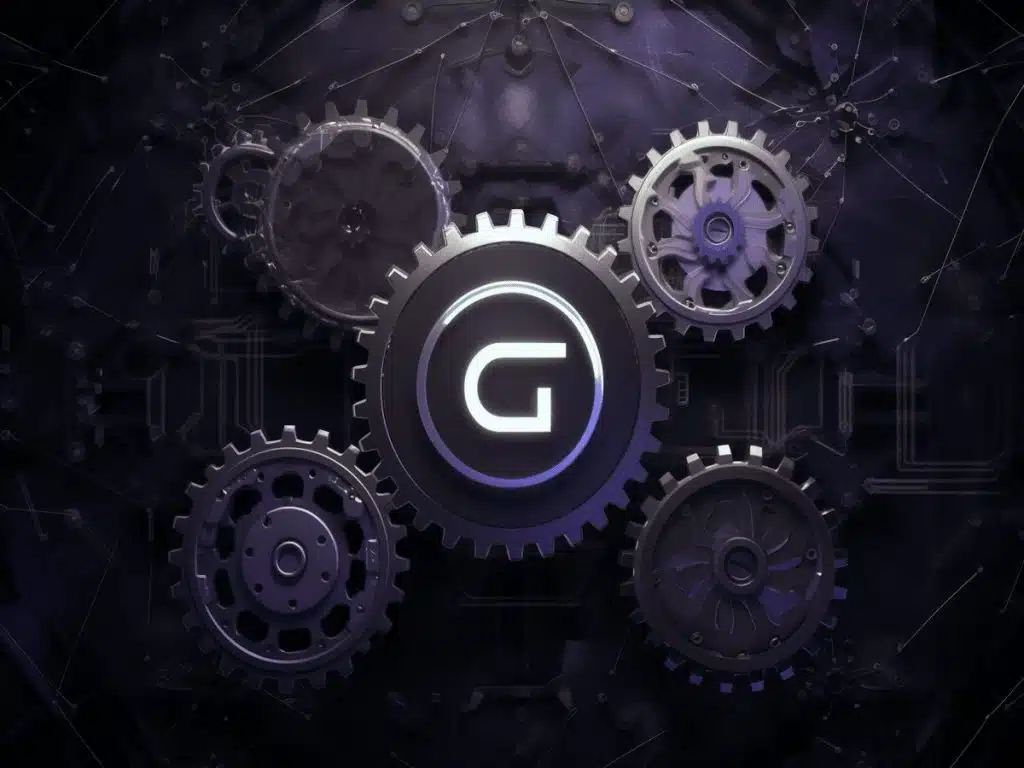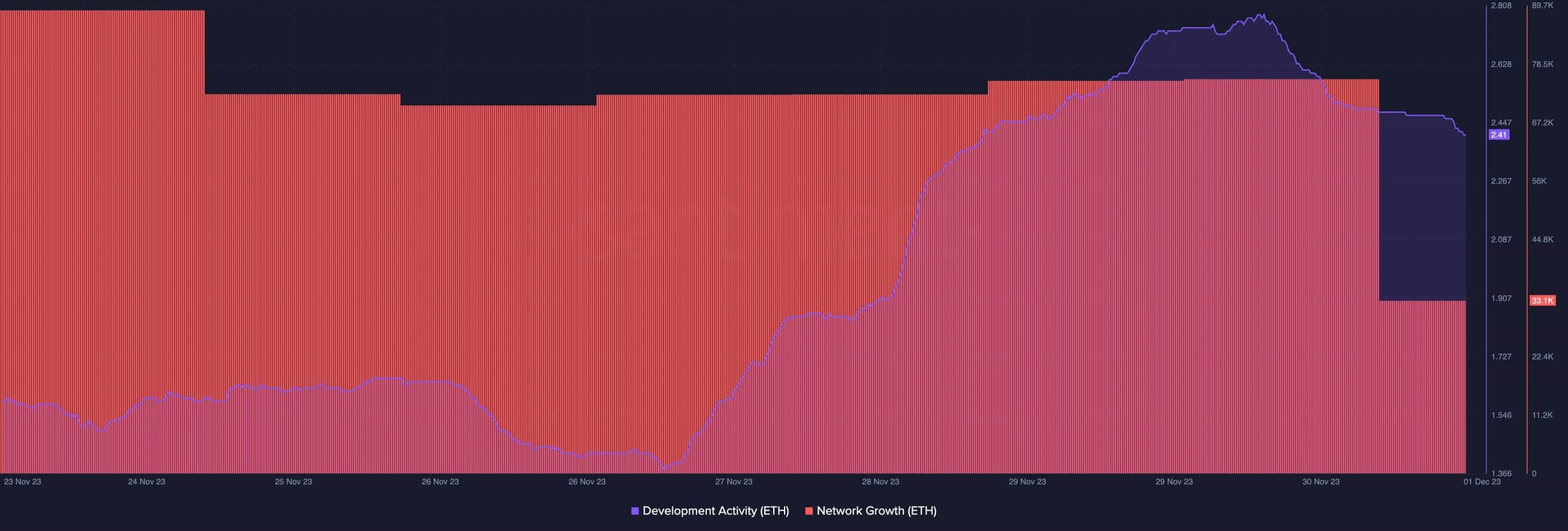Ethereum to phase out its Goerli testnet – What now?

- The Sepolia testnet would become the new test layer for developers.
- Holesky would also have a new function.
If things go as the Ethereum [ETH] Foundation has planned, the project will no longer support the Goerli testnet. This information was disclosed on 30th November in a post published on the foundation’s blog.
Goerli is Ethereum’s first multi-client testnet. It is responsible for providing developers with a reliable test environment for applications built on the blockchain.
In the statement, the foundation noted that the halt on the operation would take place after the Dencun upgrade. The statement read:
“Either three months after the Goerli Dencun activation, or one month after the Dencun Mainnet activation, whichever comes later, teams will begin exiting their validators. Anyone relying on Goerli as a stable Testnet should migrate elsewhere prior to this.”
Move to a new land
Dencun is short from Cancun-Denub upgrade. According to Ethereum’s roadmap, the upgrade would take place on the execution and consensus layer.
Also, the aim of the upgrade is to provide a user-friendly experience for developers and users.
The foundation has advised developers using Goerli for testing to switch to Sepolia. Sepolia is the default Testnet for smart contract development on the blockchain. Concerning the development, the team explained that:
“Application and tooling developers are encouraged to use Sepolia to test decentralized applications, smart contracts, and other EVM functionality.”
AMBCrypto checked if these updates affected Ethereum’s development activity.
A look at Santiment’s data showed that the development activity metric rose till 30th November. But, at press time, the metric had declined to 2.41.
Development activity measures the commitment developers have toward new features on a network. So, the slight decrease means users should not expect new functionalities on Ethereum.
Traction drops, but…
Meanwhile, network growth on the blockchain also decreased. Network growth measures the number of new addresses interacting with a project. If the metric increases, it implies an increase in traction.
Therefore, the drop suggests that ETH’s adoption decreased. Also, new addresses who joined the network have refrained from making transactions. Another area the Ethereum Foundation touched on was staking.
Staking on Ethereum is one activity that has experienced a surge in growth.
The transition to Proof-of-Stake (PoS) means that Goerli had a role in the activity. Regarding the activity, the foundation mentioned that stakers should use the newly launched Holesky Testnet.
How much are 1,10,100 ETHs worth today?
This move means that the foundation had fulfilled its promise that Holesky would replace Goerli as Ethereum’s infrastructure and protocol-developer Testnet.
Also, validators were asked to consider the Ephemery Testnet for lightweight end-to-end testing.







